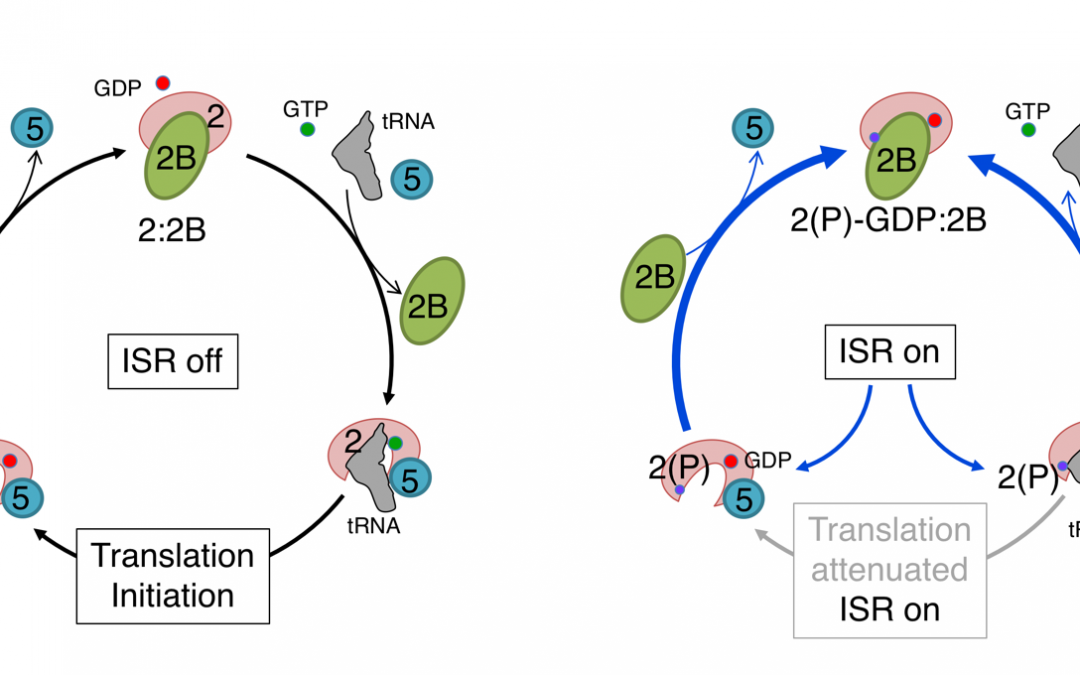Recent advances in aptamer-mediated siRNA delivery systems for RNAi therapy ranging from anticancer therapy to antiviral therapy.



Recent advances in aptamer-mediated siRNA delivery systems for RNAi therapy ranging from anticancer therapy to antiviral therapy.

Insights into how melting snow is partitioned within the water cycle.

The theoretical background to confront head-on the problem of data assimilation together with several examples of practical applications is provided.

Recent advances in chromosome conformation capture technologies have led to the discovery of previously unappreciated structural features of chromatin.

Exploration of three exciting lines of inquiry – organized around the concepts of experimentation, horizontal coordination, and vertical integration – signalling the need for greater attention to the politics and power relations that are shaping the global urban response.
The role of subsurface legacy sources that have lead to dead, zero-oxygen zones in the sea is assessed.
Ships’ logbooks dating back to the seventeenth century have helped scientists to capture different features of climate during the last centuries previously unknown.
How do most people adapt to floods? What do most people do to cope with heatwaves? Which strategies to adapt to any environmental shock or stress are most common and which most rare?

Lignin is a by-product of the Kraft pulping process and is typically burned for energy within the pulp and paper mill plant. Due to energy efficiency measures in Kraft pulp mills, its availability has recently greatly increased. This surplus lignin provides a readily available feedstock for conversion into a phenolic-rich bio-oil via hydrothermal liquefaction (HTL).

The integrated stress response (ISR) is a highly-conserved pathway used by cells to respond to diverse cellular stresses.